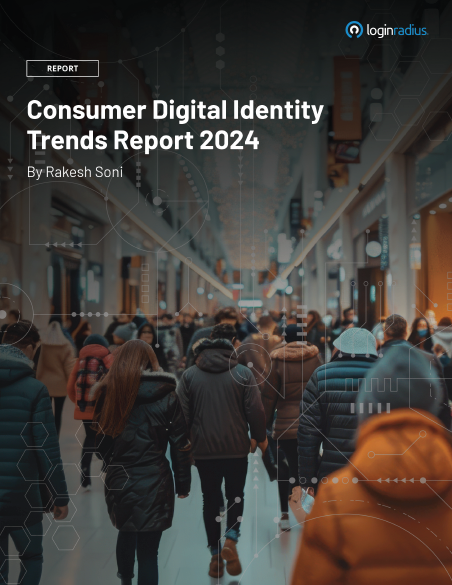Introduction
While businesses incorporate modern tools and technologies to enhance customer experience and security, the fact that cybercriminals are equally active in finding loopholes can’t be overlooked. With the increasing threat vectors, businesses are now worried about a new kind of threat in the form of account creation fraud, impacting customers and brand reputation.
Account creation fraud, sometimes called new account fraud, is a fraud where cybercriminals create fake accounts of users and exploit their details. And these frauds are often carried out by exploiting the stolen identity of users or through a loophole in a platform's entire identity management system.
Let’s uncover some aspects associated with account creation frauds and how businesses can ensure robust customer identity security.
What are Account Creation Frauds? How Do they Impact an Individual and a Business?
Account creation frauds are targeted attacks to exploit customer information or sensitive business details by creating fake customer accounts through stolen identities or leveraging phishing.
Ten years ago, account creation frauds were prominent and significant for businesses. However, these frauds were minimized with the evolution of security features like captcha and two-factor authentication.
But, in today’s scenario, things have become worse since the evolution of cheap and sophisticated hacking tools has given rise to account creation frauds. Hackers can bypass secure account creation systems, severely impacting vendors and customers.
While customers risk losing their identities and compromising sensitive information, including banking details, businesses fear reputational damages. Apart from this, the conventional use of passwords with minimal authentication security practices is the culprit that has given rise to the increasing number of fake account attacks.
Using a modern passwordless authentication mechanism through a robust identity and access management solution could be a game-changer for businesses thinking about safeguarding their customer identities against several attacks.
How Account Creation Fraud Works?
There are two main ways account creation fraud occurs.
One is when a cybercriminal (or group of cybercriminals) buys a ‘package’ of personal information about a real-life person on the Dark Web and uses this stolen data to create fake accounts. These accounts can funnel illegal earnings.
And the second way is that a legitimate customer, looking to limit the spam in their inbox, might simply supply a ‘fake’ email address when they sign up for a shopping account.
How can Businesses Safeguard their Customers from Account Creation Fraud?
1. Going Passwordless
With LoginRadius' passwordless authentication solution, businesses can eliminate passwords during registration and login processes or give customers the liberty to log in via a passwordless or password-based method.
If you choose to go passwordless, you will not require any passwords while registering or logging in. If you use a passwordless authentication method, your users can register and log in just like usual, but they won't need any passwords!
By using LoginRadius, businesses can take advantage of a new way to authenticate their users—without any passwords. With LoginRadius, your business can choose to go passwordless and password-based.
2. Using Risk-Based Authentication
RBA is a process of assessing the risk of an authentication request in real-time and requesting additional layers of authentication and identification based on the risk profile to validate that a user attempting to authenticate is who they claim to be.
The risk is usually assessed based on various parameters and the environment from which the user is trying to authenticate. Some standard parameters used for risk profiling include geographical location, IP address, device, etc.
With LoginRadius' risk-based authentication system (RBA), businesses can use risk profiling as another layer of security on top of the traditional methods of identity verification already being used by most online companies today: username and password.
Using LoginRadius’ risk-based authentication system, you can place restrictions on what actions are allowed based on the risk profile associated with each step performed by your customer base.
To Conclude
Account creation frauds are quickly rising, and businesses must ensure robust security for customer identities to mitigate the risks.
To maintain the trust of your customers, you need to help them spend less time worrying about their security and more time enjoying their experience with your brand. And that's a promise that only a passwordless CIAM platform can fulfill!














